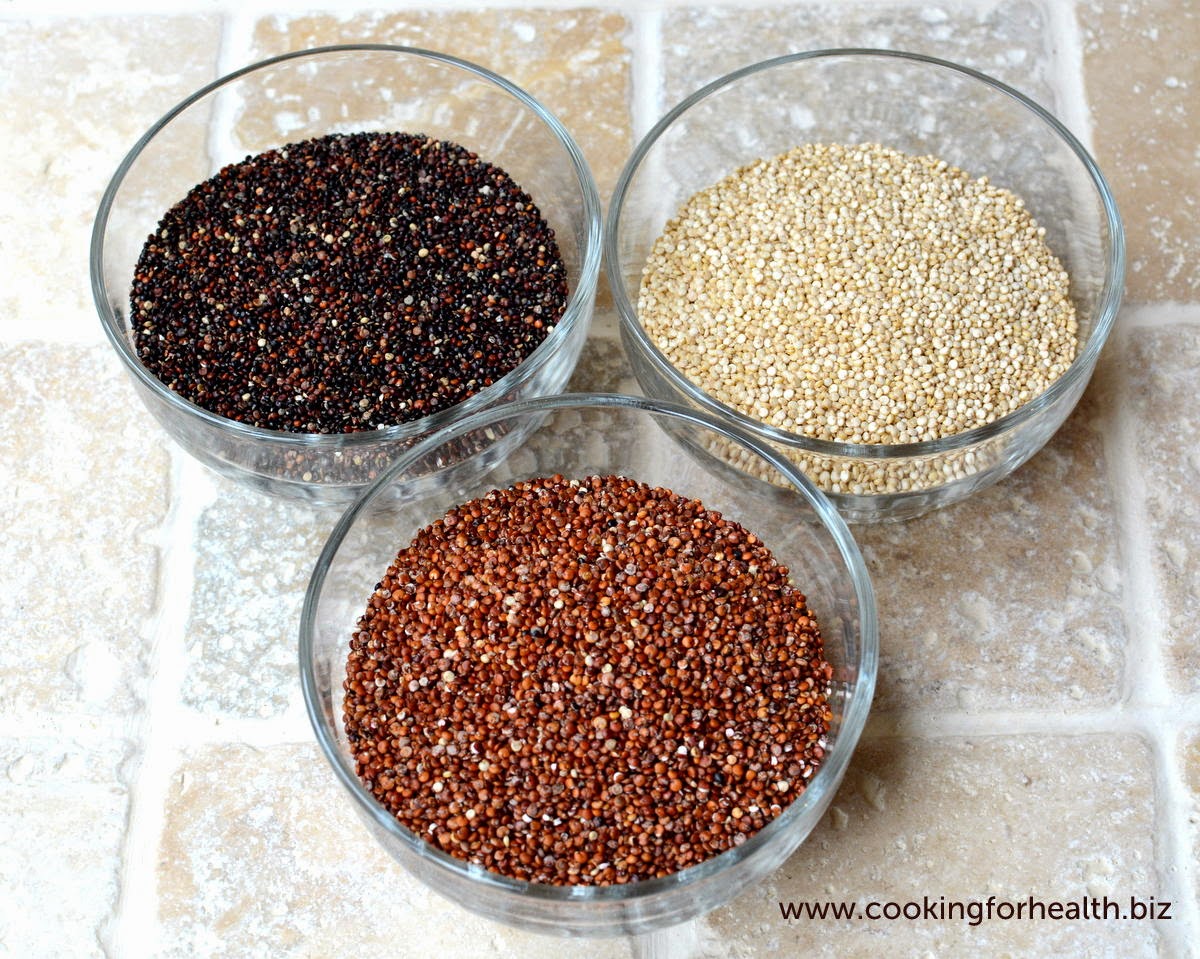Browsing in the herbal tea section of my local whole food shop, I was drawn to a pale blue-green box labelled “Tulsi”. What is it and what are its reported benefits?
Tulsi, also known as Holy Basil (Ocimum sanctum, now called Ocimum tenuiflorum), is a herb native to India. It is sacred in the Hindu religious tradition - tulsi translates as "incomparable one" - and is believed to protect against misfortune and to represent purity, harmony, serenity and luck. If you go to India, you will see holy basil growing in profusion around Hindu temples as well as in many Hindu homes.
According to Ayurvedic tradition, holy basil is one of the best herbs to prepare the heart and mind for spiritual practices. It is said that it performs the indispensable spiritual function of balancing and toning the energetic chakra system. Holy basil opens the heart and the mind, bestowing the energy of love and devotion (bhakti). Sacred to Vishnu and Krishna, it strengthens faith, compassion and clarity. Water mixed with the petals is given to the dying to raise their departing souls to heaven.
According to Hindu mythology, Tulsi is the divine consort of Lord Vishnu (the Preserver/Protector). According to one legend, Tulsi approached Lord Vishnu’s abode as a destitute woman seeking shelter. Lakshmi, Lord Vishnu’s chief consort did not allow her inside. Tulsi waited patiently in the courtyard for the Lord. Humiliated at the treatment, her feet sprouted roots and her hands sprouted branches and she turned into a fragrant plant. The Lord was very pleased with Tulsi’s devotion and granted her the status of his consort.
Holy Basil comes in red and green varieties, both with a strong, pleasant aroma. More clove-like than that of culinary basil, holy basil has been used for centuries to treat a variety of medical conditions.
A variety of biologically active compounds has been isolated from the leaves including ursolic acid, apigenin, luteolin, eugenol, cardinine, cubenol, borneol, vallinin, linolenic acid, oleic acid, orientin, circineol, vitamin A and vitamin C. Numerous medicinal properties have been claimed for holy basil, including analgesic activity; anti-arthritic activity; anti-inflammatory activity; anti-ulcer activity; immune modulatory activity; anti-cancer activity; anti-convulsant activity; anti-diabetic activity; anti-bacterial, anti-fungal and anti-viral activity; anti-malarial activity; anti-stress activity in addition to possessing useful memory enhancer and neuroprotective activity (1).
The different types of basils have different scents due to their different essential oils. The strong clove scent of sweet basil is derived from eugenol.
In Ayurvedic medicine, holy basil is believed to be an adaptogen. Adaptogenic herbs are said to improve the body's ability to resist environmental stressors. In the 21st century, many adherents of adaptogens claim that these herbs promote the health of the adrenal glands, which in turn regulate immune response, emotions and bodily reactions to stress.
There is growing interest in scientific evidence indicating that plant-derived polyphenols such as ursolic acid influence gene expression via epigenetic mechanisms (2). These may explain the adaptogenic effects observed by practitioners of Ayurveda.
Ursolic acid, one of the polyphenol components of holy basil, is known to be an inhibitor of enzymes called histone deacetylases (HDAC). Histone deacetylases regulate the acetylation of a variety of histone and non-histone proteins, controlling the transcription and regulation of genes involved in cell cycle control, proliferation, survival, DNA repair and differentiation (3). Some HDAC inhibitors are used as drugs in the treatment of cancer, reactivating dormant tumour suppressor genes, leading to programmed cell death or apoptosis (4).
In Ayurvedic medicine, holy basil is used to treat respiratory system disorders and is said to promote the removal of catarrhal matter and phlegm from the bronchial tube. A decoction of the leaves, with honey and ginger is an effective remedy for bronchitis, asthma, influenza, cough and cold. The active ingredient related to this use is thought to be eugenol.
Modern research on holy basil suggests that holy basil contains powerful antioxidants and it may be hepatoprotective (liver protecting). Also, preliminary clinical studies are investigating holy basil's effect on ulcers and blood sugar levels in type 2 diabetics (5).
Holy basil has generally recognized as safe (GRAS) status in the United States.
If you have enjoyed this post and would like to
keep in touch please sign up for my free email
newsletter. You can also follow me on Facebook, Twitter, Pinterest and LinkedIn and visit
my website.
References
1. http://www.apjtb.com/press/2012/B883.pdf
2. http://www.sciencedirect.com/science/article/pii/S0006295210004703
3. http://www.ncbi.nlm.nih.gov/pmc/articles/PMC3127396/
4. http://www.ncbi.nlm.nih.gov/pubmed/18437899
5. http://www.sciencedirect.com/science/article/pii/S1874939910000817


















+and+avocado+salad+close-up-001.jpg)
